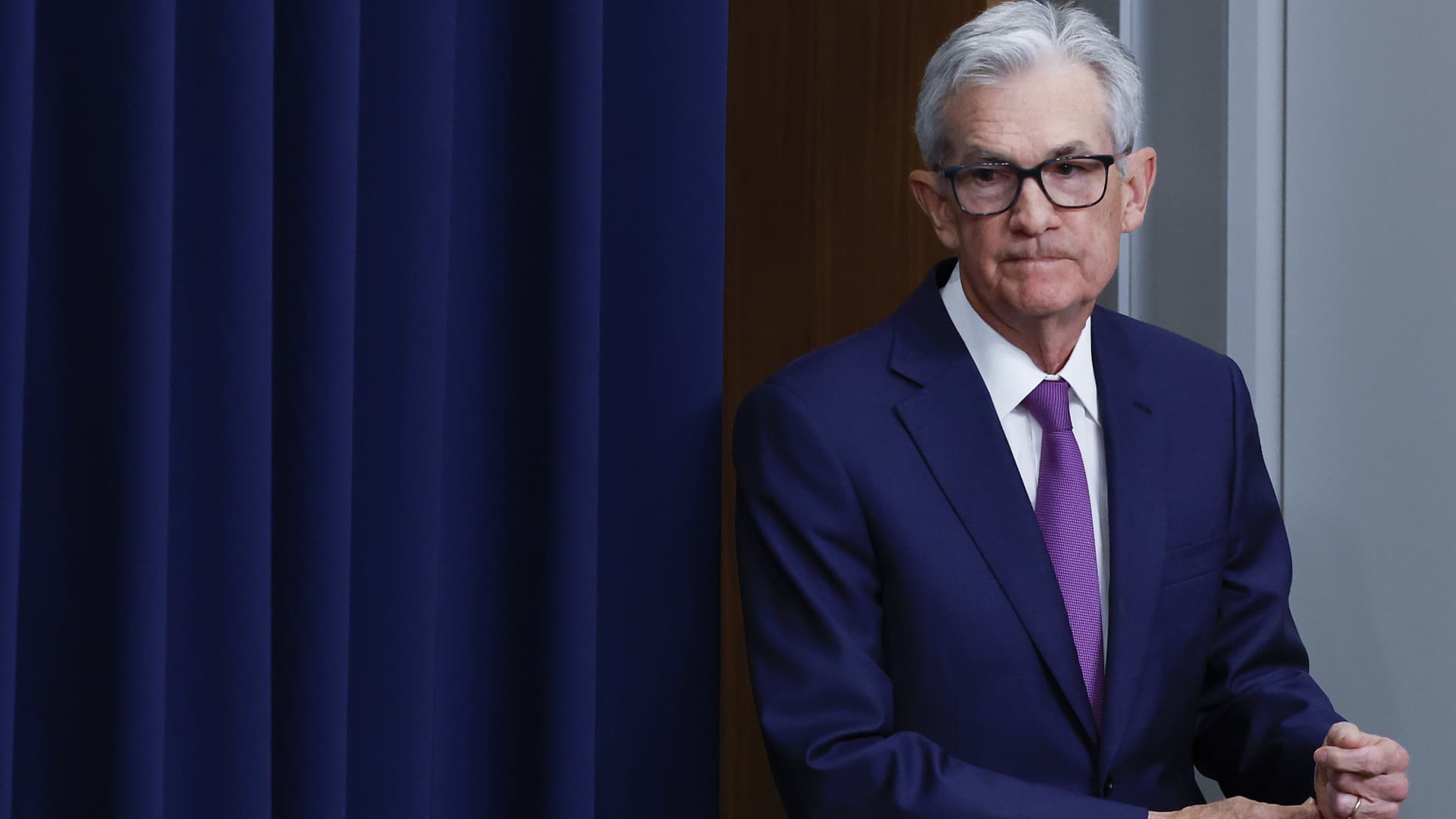Kohl’s on Thursday again slashed its financial forecast for the year, saying its middle-income customers have been particularly pressured by higher inflation, putting a damper on sales of apparel, shoes and other discretionary items.
The retailer said shoppers are making fewer trips to stores, spending less money per transaction and opting more for Kohl’s less-expensive private brands. In-house labels have outperformed national brands for two quarters now, it said.
Chief Executive Officer Michelle Gass said in a statement that the company is adjusting its business plans and taking actions to reduce inventory and trim expenses “to account for a softer demand outlook.”
“2022 has turned out to be very different than we anticipated,” she told analysts during a conference call.
Shares of Kohl’s fell, even after the company beat analysts’ lowered expectations for its fiscal second-quarter profit and revenue, as investors were more focused on future guidance.
Forecast weakens after deal talks sputter
Kohl’s now sees its net sales in fiscal 2022 down 5% to 6%, compared with a prior range of flat to up 1% from year-ago levels. It also now expects adjusted earnings per share to be between $2.80 and $3.20, compared with earlier guidance of $6.45 to $6.85.
The bleak guidance from Kohl’s follows the company in late June terminating talks to sell its business to The Vitamin Shoppe owner Franchise Group, as the retail environment deteriorated during the bidding process. For months, Gass and her team faced growing pressure from activist investors to pursue a sale of the company.
Kohl’s at the time cited a difficult financing and retail environment that formed obstacles to reaching an “acceptable and fully executable agreement.”
The news from Kohl’s also comes the same week that Walmart and Target both reiterated their full-year forecasts even as their profits are pressured.
Walmart said it saw more higher- and middle-income consumers visiting its shops in search of discounted items, helping its overall performance. Target’s earnings, however, were weighed down by its efforts to clear through excess merchandise at steep markdowns before the holiday season.
Kohl’s inventory levels in the latest quarter ballooned 48% compared with a year earlier due to lower sales. The company also said this increase stemmed from its recent investments in beauty for its Sephora partnership and its strategy to pack and hold more goods.
Here’s how Kohl’s did in its second quarter ended July 30 compared with what analysts were anticipating, based on Refinitiv estimates:
- Earnings per share: $1.11 adjusted vs. $1.03 expected
- Revenue: $4.09 billion vs. $3.85 billion expected
Kohl’s net income for the three-month period plummeted to $143 million, or $1.11 per share, from $382 million, or $2.48 a share, a year earlier.
Sales fell 8.1% to $4.09 billion from $4.45 billion a year earlier.
Same-store sales, which track revenue at Kohl’s stores open for at least 12 months, dropped 7.7%.
Kohl’s said that its home goods division and children’s apparel underperformed. The company also saw weakness in its juniors assortment for younger women. Its men’s business, however, slightly outpaced Kohl’s overall performance, fueled by purchases of outdoor gear.
Beauty department shines
One bright spot, though, was beauty. Consumers are still buying up lipsticks, eye shadows, facial care and other beauty items despite higher prices.
Kohl’s has been hoping to cash in. The retailer is in the process of opening up 400 Sephora shop in shops at its stores this year, with another 250 planned for 2023, when its tally for these locations will hit 850. It also said Thursday that it will open a mini version of those Sephora shop in shops in its remaining 300 locations so that all of its stores have some sort of Sephora experience in the future.
The company said it is seeing new customers in its stores thanks to Sephora and those people are more likely to buy things.
Gass told analysts on the company’s conference call that June was the most challenging month for the company in the latest quarter, as consumers began to more starkly shift their shopping behaviors. They began to seek out discounts and tightened their budgets to allow for fewer clothing purchases, disproportionately impacting Kohl’s business which is largely dependent on apparel, Gass added.
Gass also noted that profits will remain pressured in the near term as rival retailers hawk goods at deep discounts in an effort to move them off of shelves ahead of the holidays.
Still, the CEO emphasized that Kohl’s remains a financially strong business.
Kohl’s said Thursday that it has entered into an accelerated share repurchase agreement to buy back about $500 million of its common stock.
It also said it stands by its previously announced quarterly cash dividend of 50 cents a share, payable to shareholders Sept. 21.
Kohl’s shares have fallen about 31% so far this year, as of Wednesday’s market close.
Correction: Kohl’s sales fell 8.1% to $4.09 billion from $4.45 billion a year earlier. An earlier version misstated the percentage.





